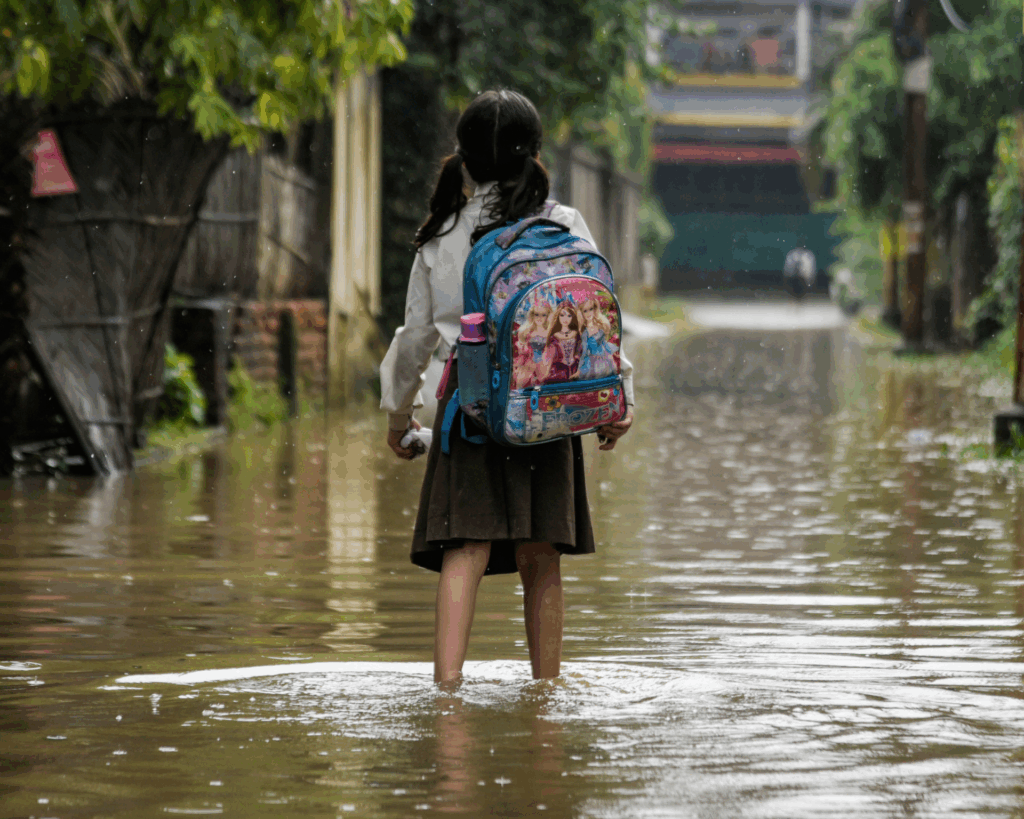Extreme Heat Shattering Record Highs
Heat action plans are important tools that cities use to reduce health risks related to extreme heat, but many plans lack specific strategies to reach important at-risk groups.

Read Time: 2 minutes
Published:
July 2023 was the hottest July on record. In the face of such unprecedented heat, how did you stay safe? If you didn’t have electricity or cooling at home, maybe you went to a library, a community center, or even a shopping center instead.
And for good reason – municipalities often utilize these spaces as cooling centers, where residents can escape the heat and receive air-conditioning, water, or other forms of cooling.
Summer 2023 was among the worldwide warmest summers on record, and it sent cities from Philadelphia to Los Angeles scrambling to open cooling centers.
But these centers are only one component of heat action plans (HAPs), created by cities to reduce health risks related to extreme heat. As heatwaves become more frequent, Americans will need to adapt their plans to better withstand extreme heat, especially those most vulnerable to climate-related health risks (low-income communities, communities of color, groups with limited English proficiency, etc.).
To understand how municipalities have already adapted heat action plans to ease the strain caused by climate change, Juliette Randazza and colleagues obtained 21 plans from jurisdictions across the U.S. They identified the plans’ strategies: activating the plans, communicating risks to the public, continuing surveillance, coordinating agencies, implementing shelters and interventions, and conducting targeted outreach.
The Figure above breaks down the percentage of plans that identified at-risk populations and the percentage that identified outreach strategies for these populations. Many existing plans lacked specific strategies to reach important at-risk groups.
The authors recommend addressing this outreach by increasing language accessibility. They also highlight the importance of working with trusted healthcare providers who often have contact with these groups during primary care or even emergency department visits, to find ways to help them stay cool during periods of extreme heat and when electric grids fail.
Although cooling centers are a common element of heat action plans, use remains low. Interviews with residents suggested that they were reluctant to sit all day among strangers in these spaces. As municipalities review and adapt their plans, speaking to and understanding the target community is vital to creating effective solutions.
Databyte via Juliette M. Randazza, Jeremy J. Hess, Ann Bostrom, et al. Planning to Reduce the Health Impacts of Extreme Heat: A Content Analysis of Heat Action Plans in Local United States Jurisdictions. American Journal of Public Health, 2023.



